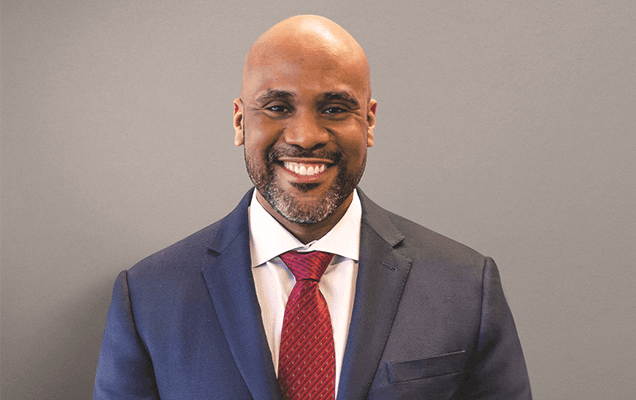About six million Americans have unruptured aneurysms in the brain. Many of these cause no symptoms and are discovered during tests for other conditions — and still others are never diagnosed at all. Depending on individual circumstances, unruptured aneurysms can be treated in a variety of ways, with few restrictions on everyday activities. But because pressure changes during air travel can affect the body and brain, flying can pose special concerns for people who are living with unruptured brain aneurysms. Can you fly with an unruptured brain aneurysm.
What Is a Brain Aneurysm?
Brain aneurysms arise when an area in an artery wall becomes weak and balloons outward, creating a blood-filled sac typically attached to the parent artery by a stem that gives the aneurysm the appearance of a berry. Aneurysms can remain small and unnoticed, but they can also enlarge or leak blood, causing symptoms including headache, seizures, pain behind the eye, and problems with vision, coordination and speech. Aneurysms can also rupture, causing subarachnoid hemorrhage — bleeding in the brain that can cause potentially severe neurological damage, or even death.
Treatments for unruptured aneurysms include surgical interventions such as clipping — a procedure to place a metal clip across the aneurysm “neck” to stop the flow of blood, or coiling, a minimally invasive procedure to fill the aneurysm with fine metal coils. But if an aneurysm is relatively small and stable, doctors may opt to monitor it for change and treat symptoms that arise with medications.
Whether you have had treatment such as clipping or coiling or doctors are managing your unruptured aneurysm without surgery, you can expect to continue most normal activities, unless your doctors advise you otherwise — and depending on circumstances, that can also include flying.
Is Flying Safe?
Flying can be a concern for people with a number of health conditions, including aneurysms. But aneurysms are not included on the American Medical Association’s list of conditions that make flying risky, and a number of people with aneurysms, including members of airline flight crews, have reported no ill effects from flying.
Still, the prospect of flying with an aneurysm, whether or not it has been treated with coiling or clipping, can worry people living with unruptured aneurysms. And because high altitude and changes in cabin pressure during ascent and descent can have noticeable, but temporary, effects on both the body and the brain, it’s possible that those effects could raise the risk of an aneurysm rupture, but there is to date no scientific evidence to support that claim.
We focus on outcomes not treatments.
Let's find the most appropriate solution to your Cerebrovascular condition.Flying Affects the Brain
Today’s commercial airlines take steps to make flying safe for just about everyone by keeping cabins pressurized to prevent hypoxia — the loss of oxygen in the blood. But cabin pressure is still typically lower than many people are used to — about the equivalent of higher mountain altitudes of 5,000 to 8,000 feet. And as the plane climbs and descends, pressure levels can change, causing the popping in the ears that is familiar to many travelers.
These two factors — cabin pressure and pressure changes at takeoff and landing — cause physiological changes in the body and brain that affect all air travelers, although most people don’t notice them. But for those with certain health conditions like COPD, heart or kidney disease, and numerous other health problems, those changes can have significant effects.
That is why the AMA developed its list of conditions that make flying risky. Although aneurysm is not currently on that list, the same factors that raise risks for people with vascular and pulmonary issues could also pose the risk of a rupture.
Can Flying Affect Clipping or Coiling?
People whose unruptured aneurysms have been treated with either clipping or coiling may worry that air travel could affect the placement of clips across an aneurysm’s neck or cause coils to compress inside the aneurysm so that blood can enter it again and cause a rupture. Although those concerns also relate to the overall effects of flying on aneurysms, that kind of adverse event has not been reported by people flying with aneurysms treated by these procedures.
To Fly or Not to Fly?
It’s estimated that one in about 50 people in the U.S. has an aneurysm, and many of these are never diagnosed, so many people are traveling with brain aneurysms at any given time. And few instances of aneurysm ruptures during air travel or related to a trip by air have been reported. While flying with an unruptured aneurysm appears generally safe, the decision to fly with an unruptured aneurysm is an individual one, and it’s best made after discussing your individual circumstances with your doctors.

About Dr. Gaetan Moise
Dr. Gaetan Moise is an accomplished neurosurgeon in North Jersey and is a proud member of Neurosurgeons of New Jersey, practicing out of their Ridgewood office conveniently located on East Ridgewood Avenue. His compassionate evidence-based, results-driven approach is guided by his desire to help patients achieve happy, pain-free lives through non-surgical and appropriate surgical solutions. Dr. Moise’s techniques are influenced by the advancements in minimally invasive surgery technology as well as advances in the understanding of the intricacies of the nervous system, brain, and spinal cord. Dr. Moise is a member of The Congress of Neurological Surgeons and the American Association of Neurological Surgeons. He is accepting new patients.









